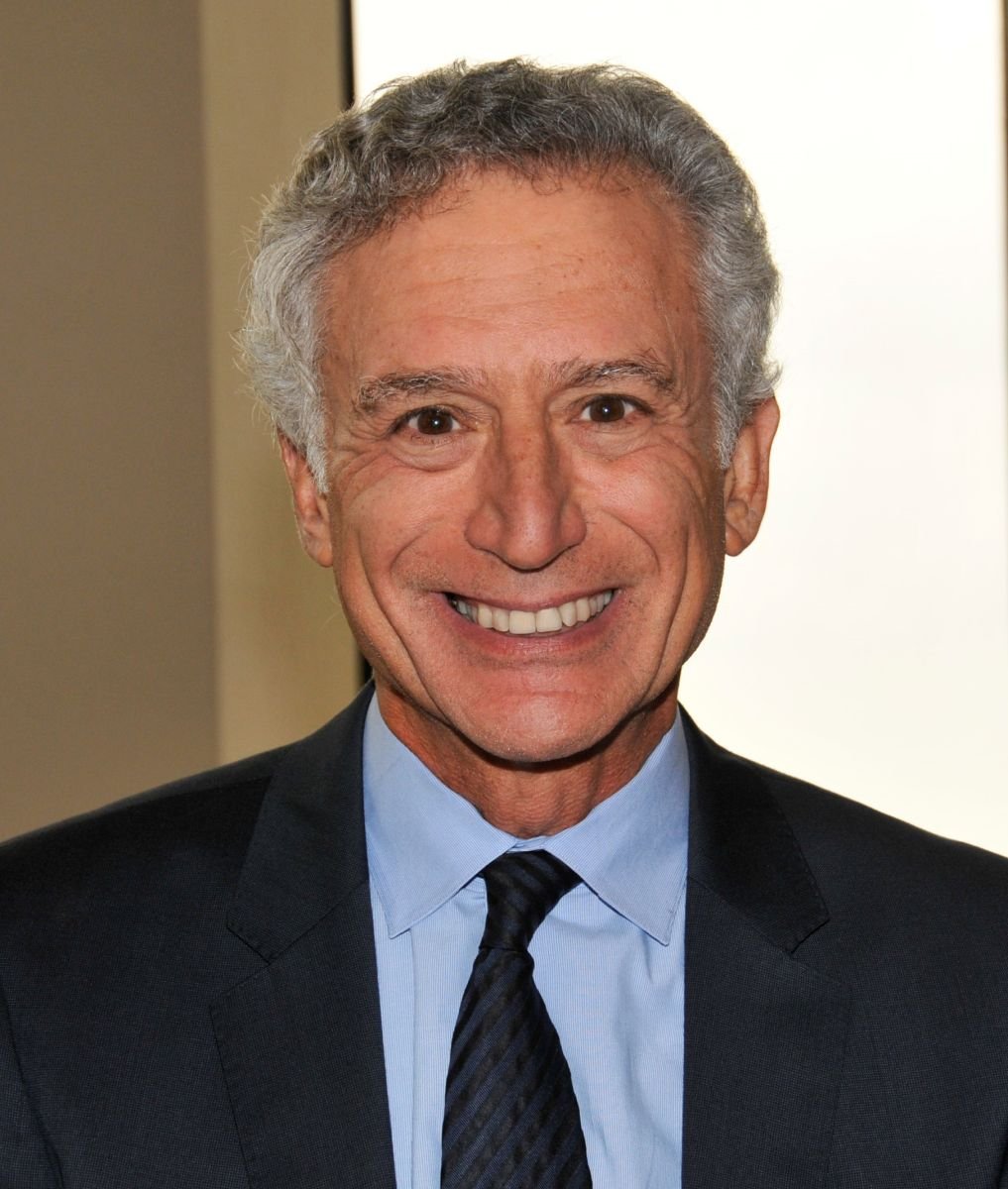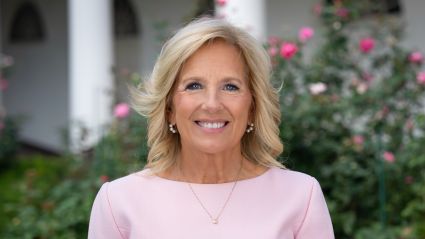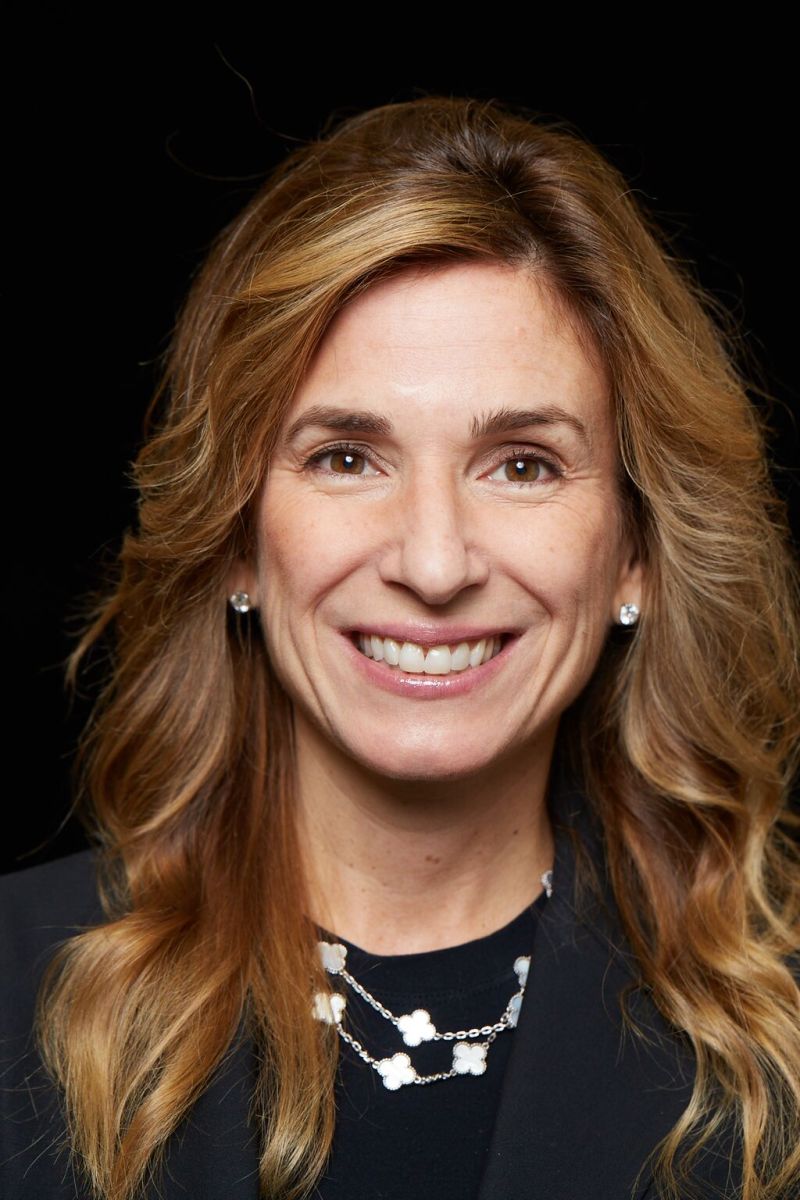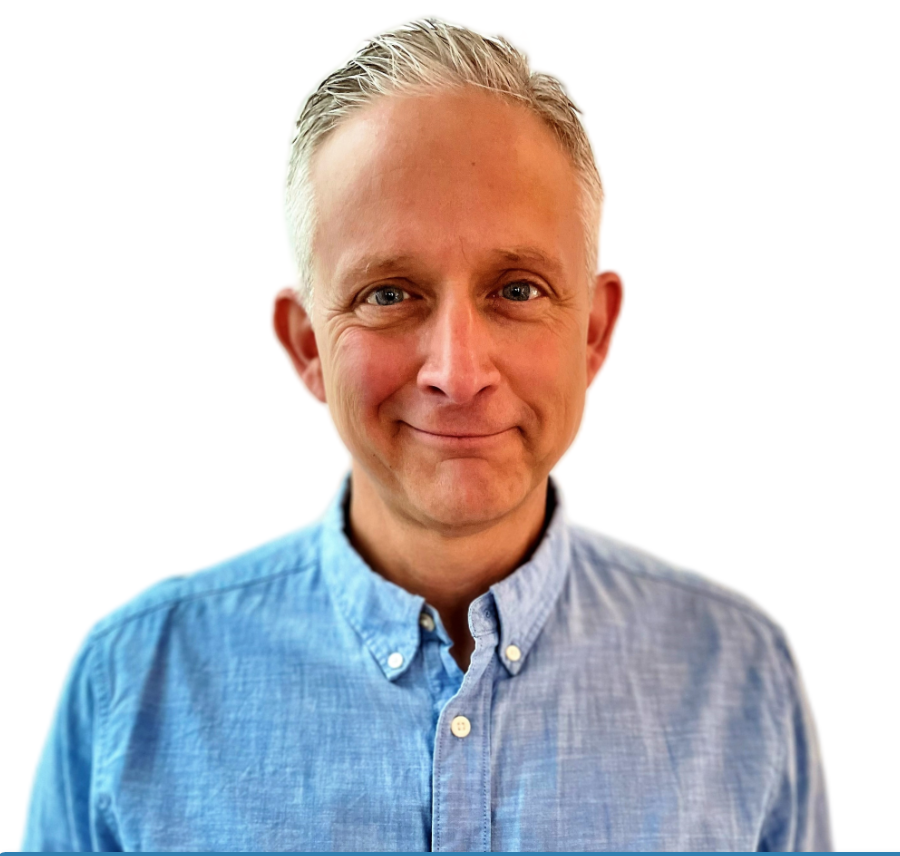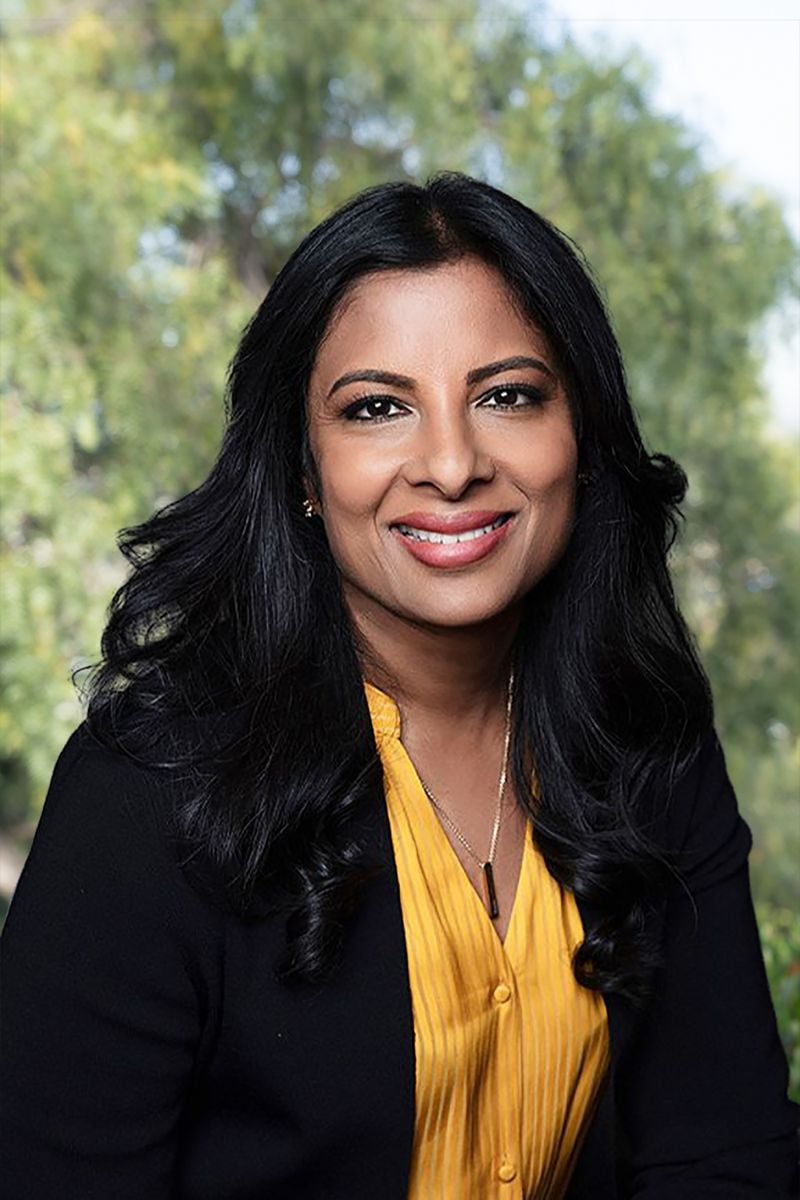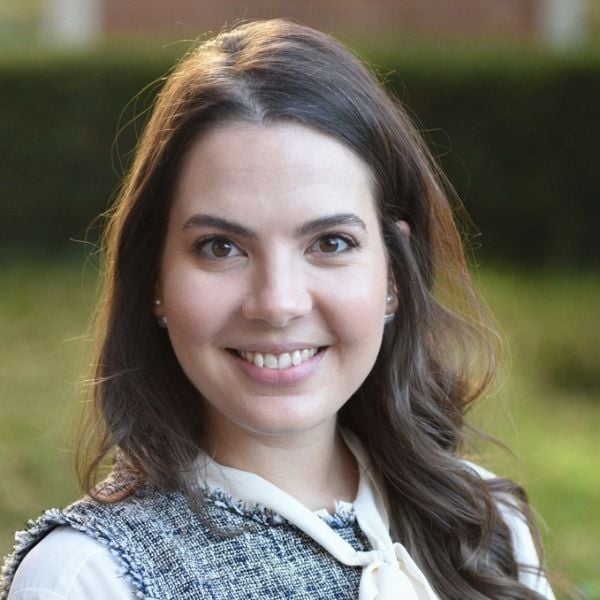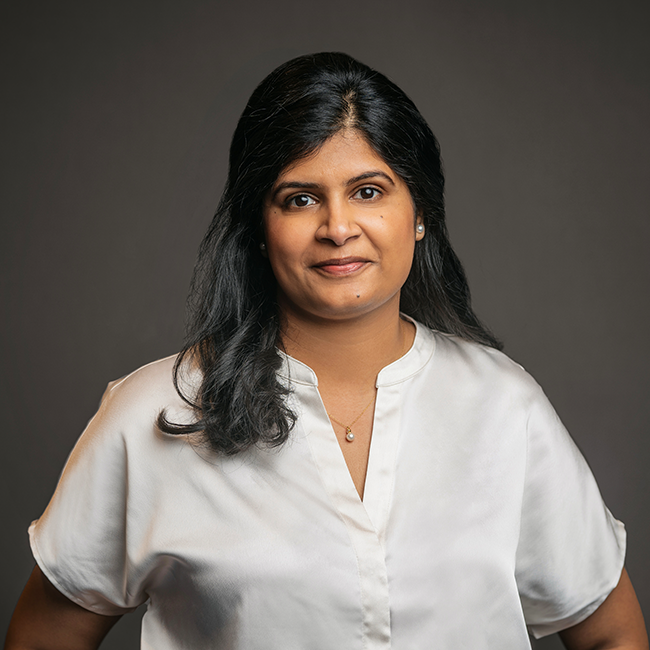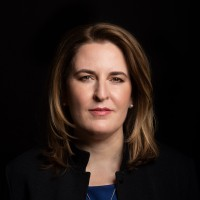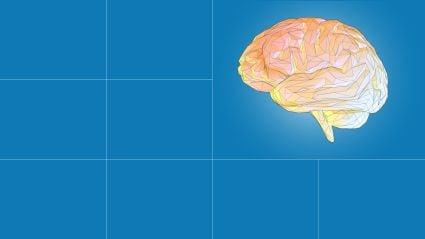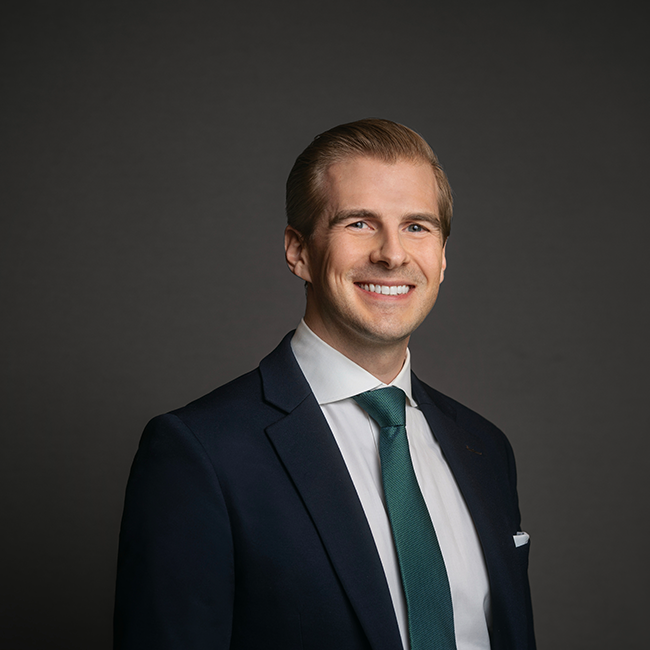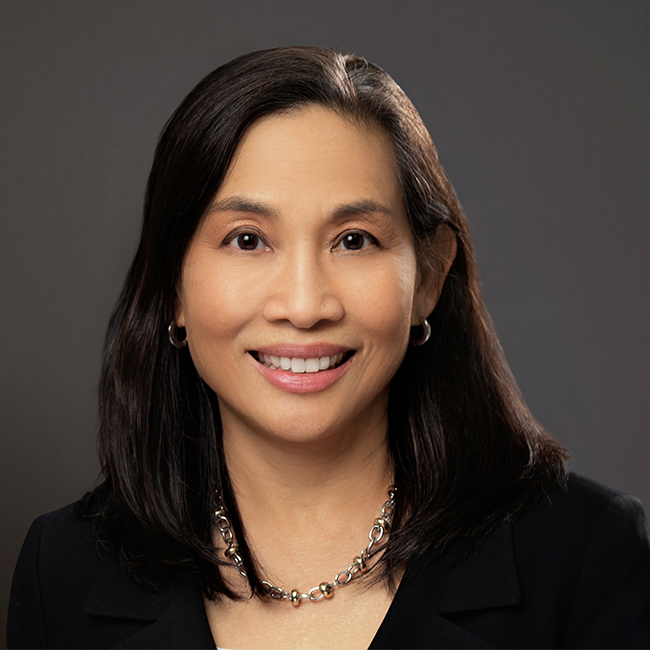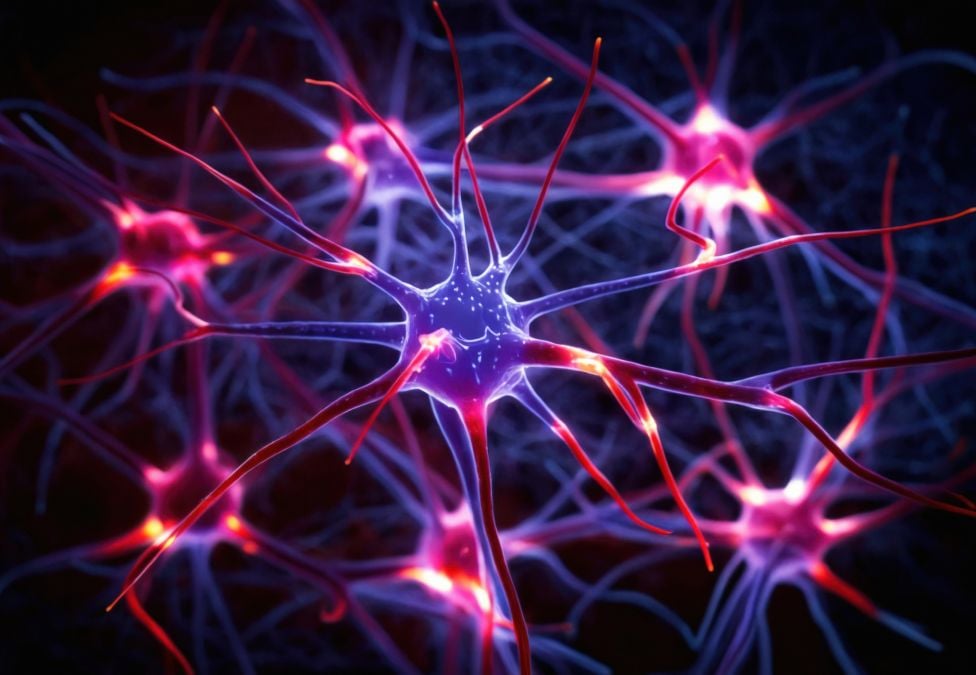
I have had the privilege to spend my career at the intersection of medicine, science, and philanthropy. As a geriatrician, I have seen the profound toll Alzheimer’s takes on patients and families. As a neuroscientist, I have studied the complex biology driving this disease. And through my work as a nonprofit leader at the Alzheimer’s Drug Discovery Foundation (ADDF), I have witnessed how bold collaboration across sectors can translate promising scientific discoveries into revolutionary progress for patients.
These perspectives have taught me that advancing Alzheimer’s research requires an ecosystem. No single person can solve this disease alone.
Today, we are at a pivotal moment in Alzheimer’s science. The first disease-modifying therapies have been approved, and a new generation of drugs targeting diverse biological pathways is on the way. These will enable combination therapies—the same approach that has succeeded for cancer treatment. But to develop these targeted treatments and diagnose patients early and accurately, we need complementary biomarkers. Building this biomarker infrastructure is one of the most urgent challenges facing our field.
Progress depends as much on collaboration as on scientific insight.
This gap in the field inspired ADDF Co-Founder Leonard A. Lauder and our partner Bill Gates to launch the Diagnostics Accelerator (DxA). Their goal was not just to fund projects but also to create a collaborative engine uniting government agencies, academic labs, pharmaceutical companies, biotechs, and philanthropic partners to accelerate the biomarker pipeline. By pooling expertise and resources, the DxA has propelled innovations from blood tests to smartphone- and artificial intelligence-based digital tools that detect disease earlier and less invasively than ever before.
This model reflects what I’ve learned over 50 years in the field: Progress depends as much on collaboration as on scientific insight. Researchers sharing ideas can spark new breakthroughs. Industry partners bring scale and manufacturing know-how. Regulatory agencies must establish clear pathways for approval. And nonprofits like the ADDF can convene and guide these players to shape the future of Alzheimer’s science, driving toward solutions for the millions of patients and families affected by this disease.
The impact of this approach is already visible. In May, the Food and Drug Administration approved Fujirebio’s Lumipulse, the first blood test cleared to aid in Alzheimer’s diagnosis—setting the stage for coverage decisions that will expand access nationwide and move us closer to integrating Alzheimer’s screening into routine care. And in August, the DxA’s SpeechDx initiative released its first tranche of data, which will help develop tools that can detect Alzheimer’s at its earliest and most treatable stages using subtle changes in speech.
But the work is far from done. Alzheimer’s is a complex disease that will require a combination of therapies aimed at different causes. In this next phase, we will need a robust array of reliable biomarkers that can be used in clinical trials to track how drugs complement one another—enabling the ultimate goal of precision medicine. Regulatory and reimbursement pathways must keep pace with this emerging reality, and we must continue to bring new players into the ecosystem to help build the infrastructure that makes this future possible.
My career has shown me that convening diverse stakeholders is itself a powerful scientific tool. When we bring the right people together around a shared challenge, discoveries happen faster, more efficiently, and with greater impact. In Alzheimer’s, where every day matters, this collaborative model is not optional; it is essential.
We can transform Alzheimer’s from a devastating diagnosis to a manageable condition, potentially even preventing it before symptoms ever begin, but only if we continue to work together. This is the future we are building: a vibrant scientific ecosystem in service of better health for every person at risk of Alzheimer’s disease.
